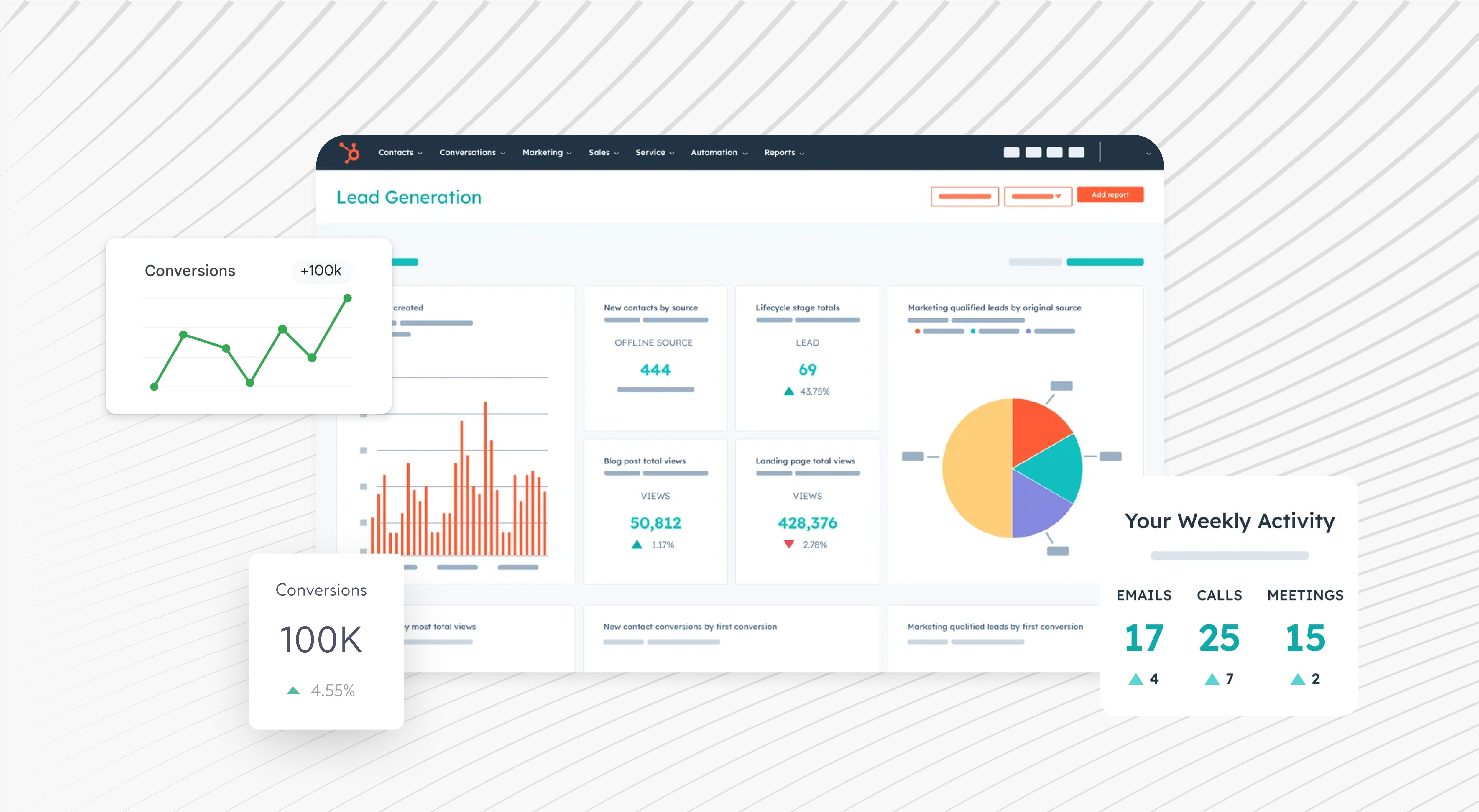How to Identify High-Value Accounts in Your ABM Strategy
How to Identify High-Value Accounts in Your ABM Strategy
Account-Based Marketing sounds great in theory. Target the right accounts, personalize your approach, close bigger deals. Simple, right?
Not quite.
The hard part isn't the execution — it's figuring out which accounts deserve your time in the first place. Chase the wrong targets and you'll burn budget on companies that were never going to convert. Focus on the right ones and suddenly your sales cycle shortens, your close rates jump, and your team stops wasting energy on dead-end prospects.
So how do you separate high-value accounts from the noise? Let's break it down.
What Makes an Account "High-Value"?
High-value accounts aren't just big companies with recognizable logos. They're the prospects most likely to:
- Generate significant revenue (both now and over time)
- Align with your product or service capabilities
- Benefit meaningfully from what you offer
- Convert without excessive friction
- Become long-term partners, not one-off transactions
A high-value account fits your business model, has the budget to buy, and actually needs what you're selling. Everything else is just vanity targeting.
Start With Firmographics: The Foundation

Firmographics are the demographic data of the B2B world. They tell you who a company is on paper — and whether they're worth pursuing.
Key firmographic indicators include:
Company size: Does their employee count align with your ideal customer profile? A 50-person startup needs different solutions than a 5,000-person enterprise.
Revenue range: Can they afford your product? Are they growing fast enough to need it?
Industry: Are you built for their vertical? If you specialize in healthcare tech, targeting retail companies dilutes your message.
Geographic location: Do they operate in regions you serve? Compliance, language, and time zones all matter.
Firmographics help you build your initial target list. They're table stakes. But they're not enough on their own.
Layer in Technographics: What They Already Use
Technographics reveal a company's existing tech stack — the tools, platforms, and systems they're already running.
Why does this matter? Because it tells you:
- Compatibility: If they're using HubSpot and you specialize in HubSpot integrations, you're already speaking their language.
- Gaps: Missing a CRM? Running outdated marketing automation? That's your opening.
- Sophistication: A company using advanced martech probably values technology-driven solutions. A company stuck on spreadsheets might need more education.
Tools like Clearbit, ZoomInfo, and BuiltWith can pull technographic data at scale. Use it to prioritize accounts that already operate in your ecosystem or have clear gaps you can fill.
Watch for Behavioral Signals: Intent Data Matters

Intent data shows which accounts are actively researching solutions like yours. They're visiting your website, downloading content, engaging with your ads, or searching for keywords tied to your product.
High-value accounts don't just fit your ICP on paper — they're showing signs of interest.
Behavioral signals to track:
- Website visits from target accounts (especially to pricing or product pages)
- Content downloads from decision-makers
- Engagement with paid ads or retargeting campaigns
- Search activity around your core keywords
- Social media interactions with your brand
ABM platforms like 6sense, Demandbase, and Rollworks can surface intent data across the web. If an account is researching your category, they're worth prioritizing over a company that's never heard of you.
Align With Sales: Don't Build Your List in a Vacuum
Your marketing team might think they know which accounts matter most. Your sales team definitely knows.
Sales reps live in the trenches. They know which industries close fast, which deal sizes are worth the effort, and which prospects ghost after three meetings.
Before you finalize your target account list, sit down with sales and ask:
- Which existing customers drive the most revenue?
- Which industries or company types close fastest?
- Which prospects have we lost — and why?
- Are there accounts we've been trying to crack for years?
The best ABM programs happen when marketing and sales agree on the target list. Misalignment here kills campaigns before they start.
Score Your Accounts: Rank by Fit and Intent
Not all high-value accounts are created equal. Some check every box. Others are worth pursuing but need more nurturing.
Build a scoring model that weighs:
- Firmographic fit (size, revenue, industry)
- Technographic alignment (tech stack compatibility)
- Behavioral signals (intent data, engagement)
- Sales input (relationship history, deal potential)
Assign point values to each factor and rank your accounts. Your top-tier targets get the full ABM treatment — personalized campaigns, dedicated resources, executive outreach. Mid-tier accounts get scaled ABM tactics. Low-scoring accounts stay in your broader demand gen pool.
Refine Over Time: ABM Isn't Static

Your high-value account list shouldn't be set in stone. Markets shift. Companies grow. New competitors emerge.
Revisit your criteria quarterly. Look at which accounts converted, which stalled, and which never engaged. Adjust your scoring model based on what's actually working.
ABM is a long game. The accounts you target today might not close for six months — or longer. But if you're targeting the right ones, the payoff is worth the wait.
Get It Right From the Start
Identifying high-value accounts is the foundation of successful Account-Based Marketing. Get this step right and everything else — messaging, outreach, attribution — gets easier.
Get it wrong and you'll spend months chasing companies that were never going to buy.
Start with firmographics to build your universe. Layer in technographics to find compatibility. Watch for behavioral signals to spot active buyers. Align with sales to validate your targets. Score and rank to focus your resources.
Do that and you won't just run an ABM program. You'll run one that actually drives revenue.



